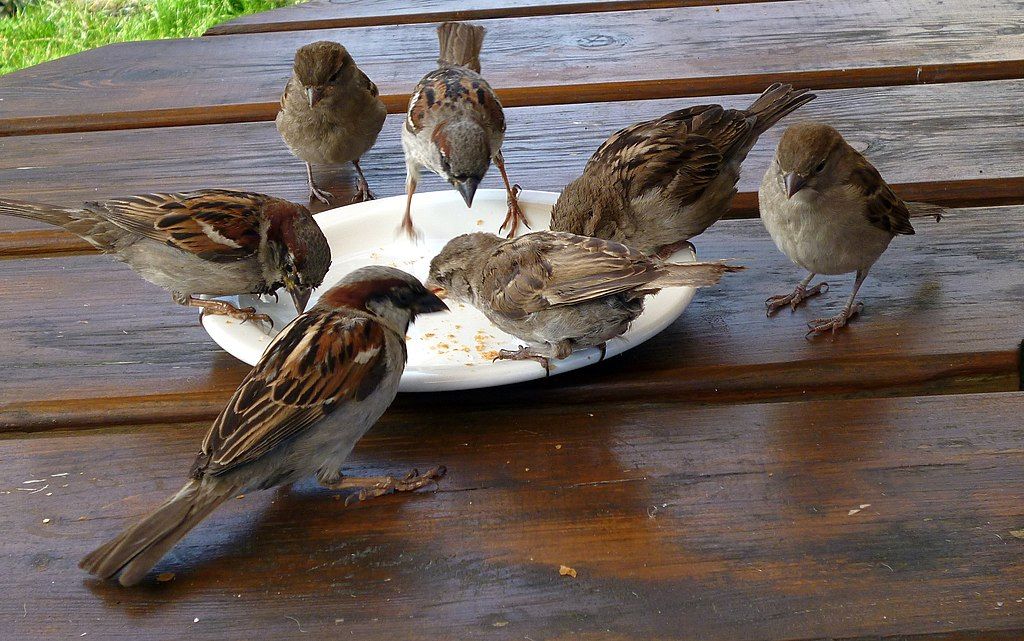
8 August 2022
Birds move around on their own but some of our most common species came from a different continent or a different habitat and were introduced here by humans. Now you can see both native and exotic ranges in eBird after they made changes this month to the species maps.
House sparrows and pigeons, both introduced from Europe, are a case in point. In the eBird maps below native range is purple, exotic range is orange.
Introduced to cities: House sparrow (Passer domesticus)
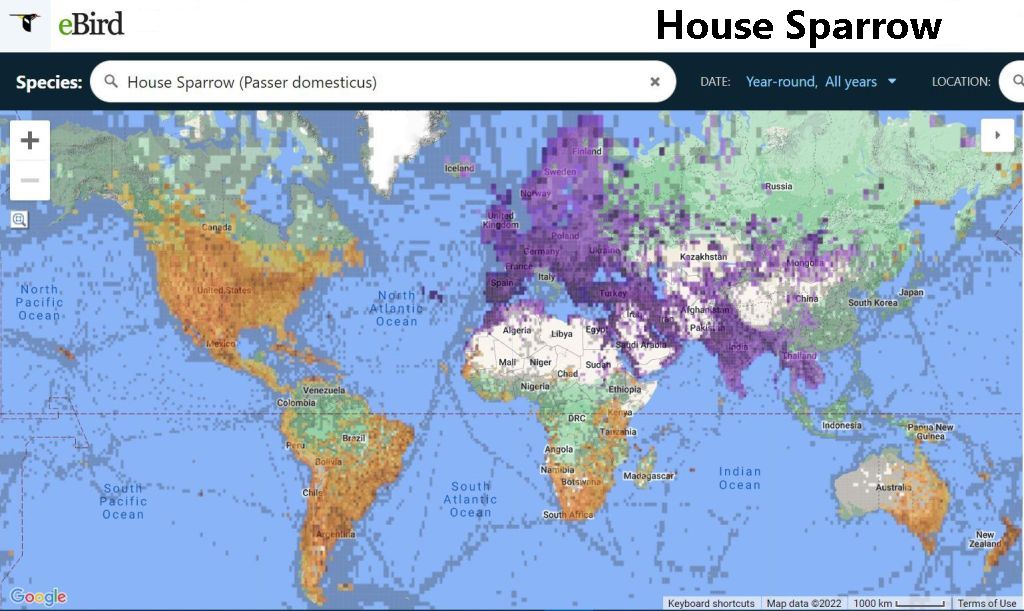
Domesticated and introduced: Rock pigeon (Columba livia)
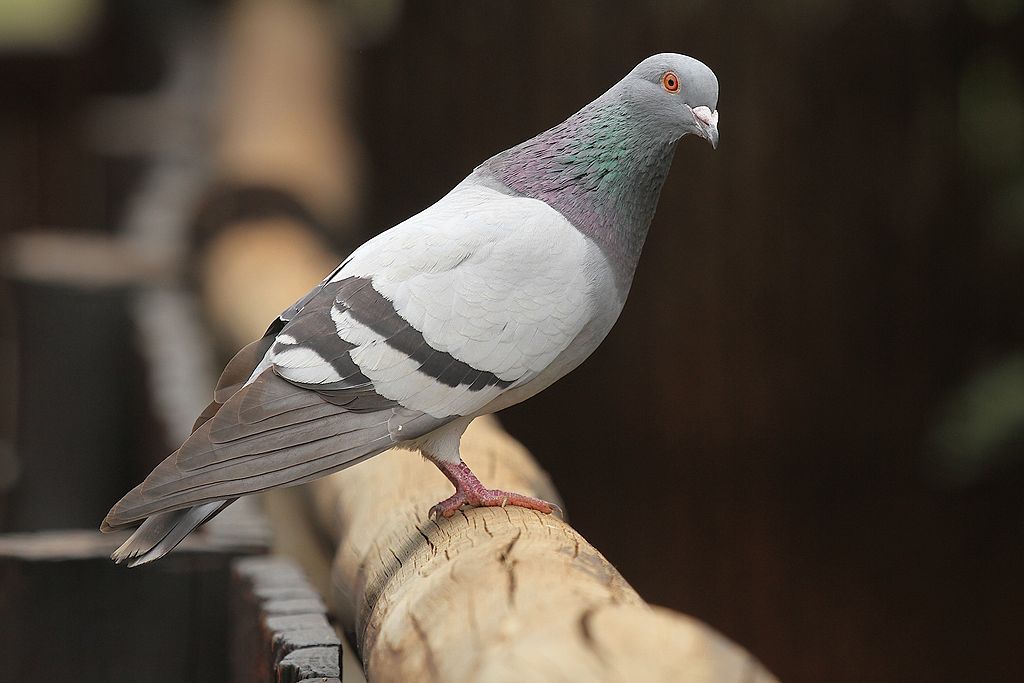
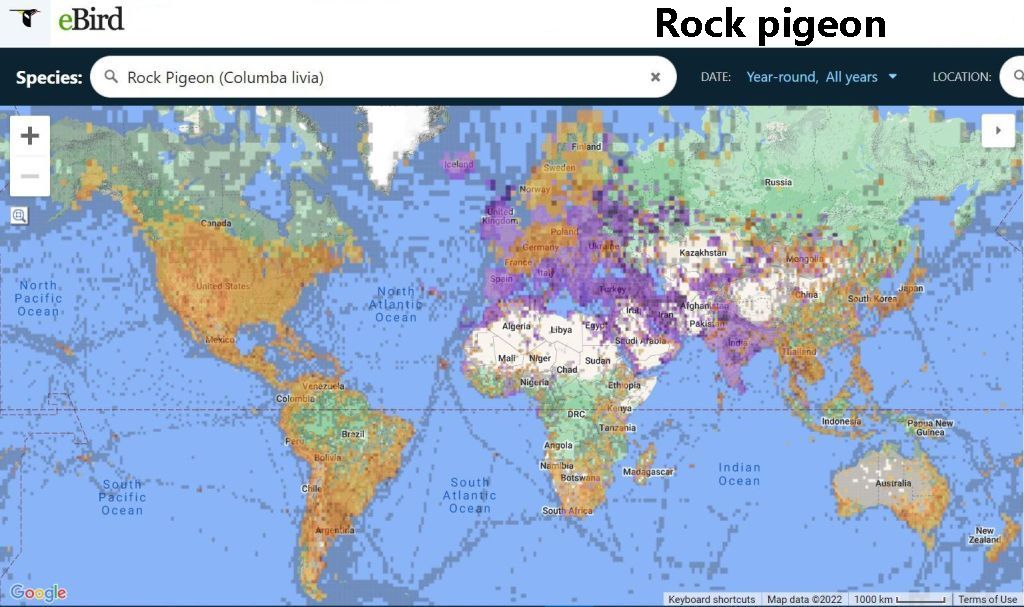
Reverse journey to Europe: Canada goose (Branta canadensis)
We tend to think that all exotic species were introduced from Eurasia to the Americas. Canada geese made the reverse journey. Europeans actually wanted them. Are they regretting that decision?
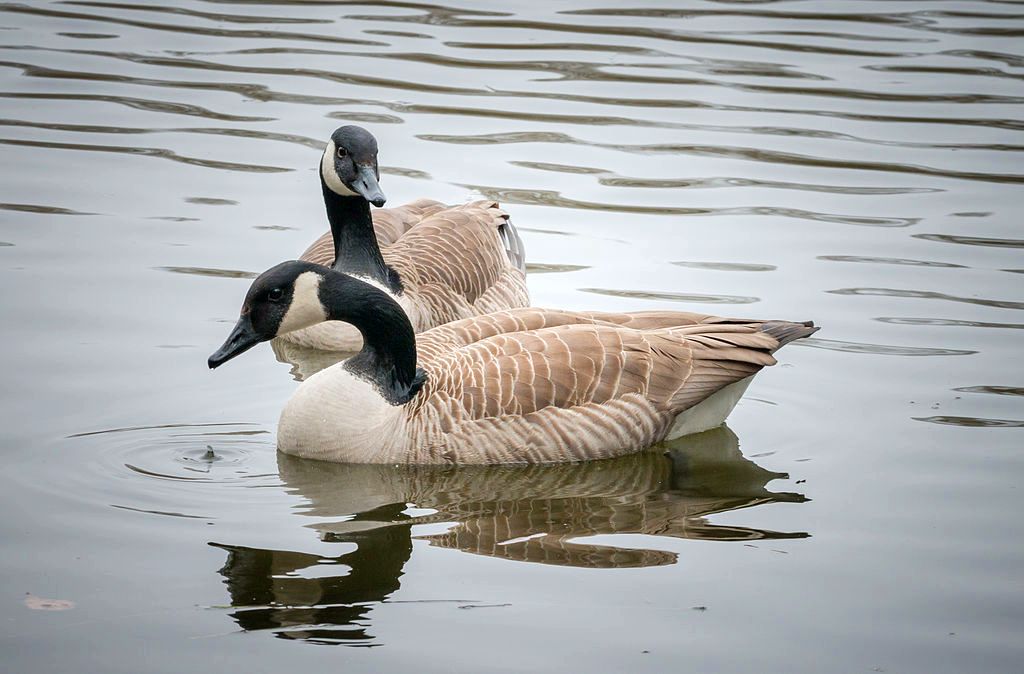
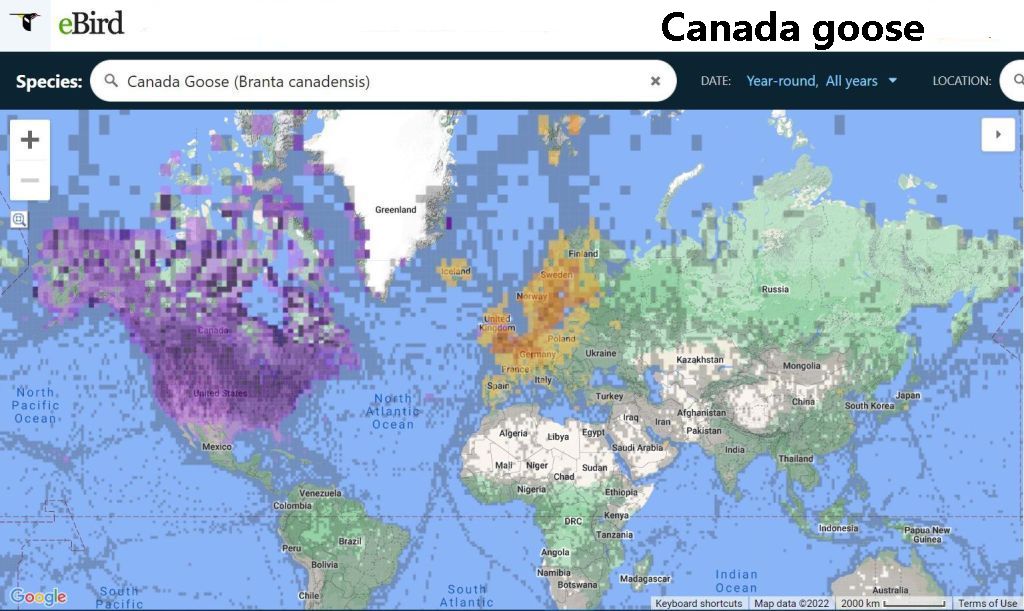
Exotic on its own continent: House finch (Haemorhous mexicanus)
Captured house finches were illegally transported from California to New York City in the 1940s to be sold as “Hollywood finches” in the pet trade. Just before the law caught up to them, the vendors released the birds on Long Island. The “exotic” house finch population has now spread across the continent. eBird shows it on the map below. Click here and scroll down to see how they spread through the decades.
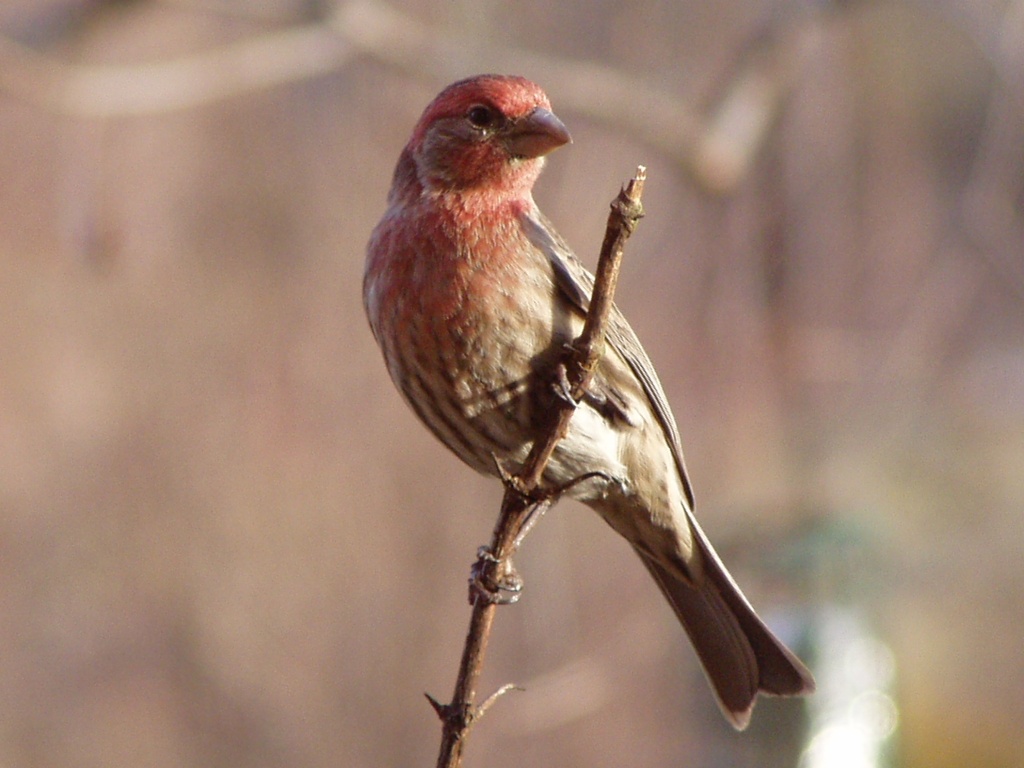
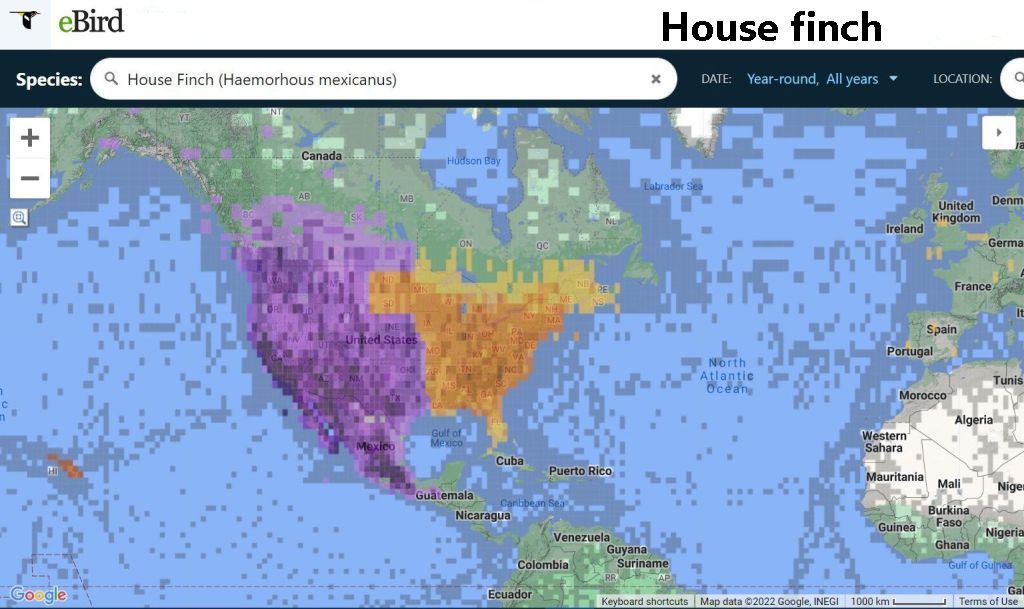
Exotic within its native range: Northern bobwhite (Colinus virginianus)
The northern bobwhite does not do well in urban and suburban habitats but as a game bird it is raised in captivity and released for hunting in gamelands, agricultural fields and open woods. Have you seen a bobwhite in your backyard? It is an escapee within its “exotic” range.
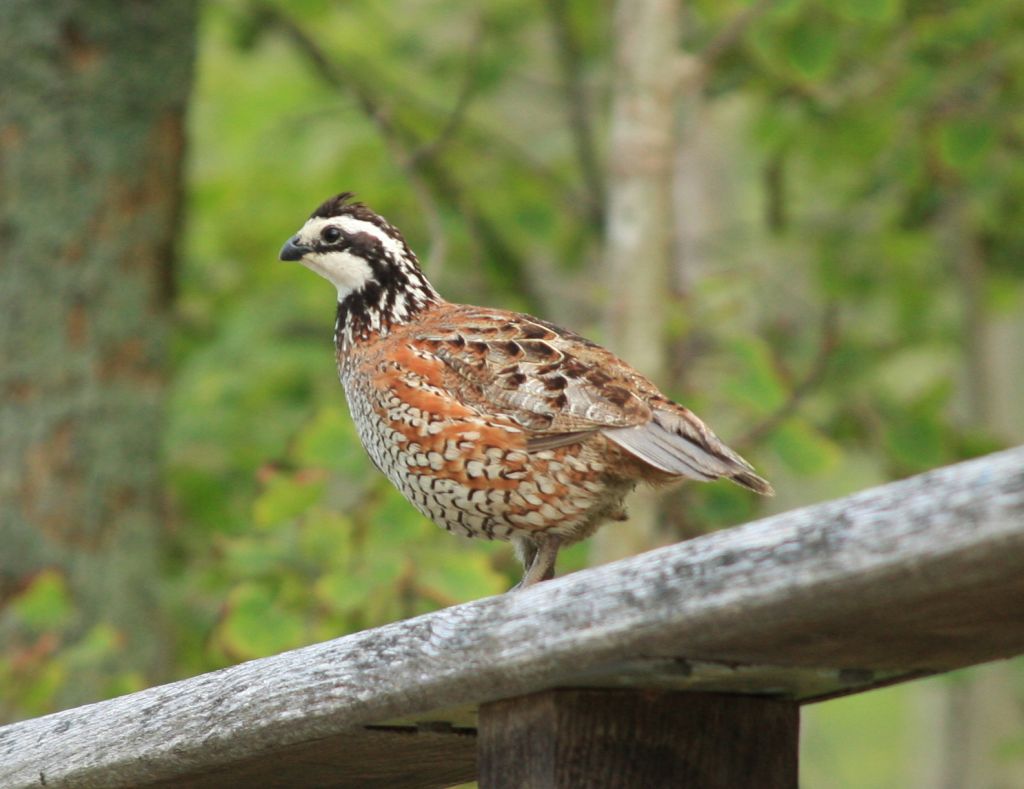
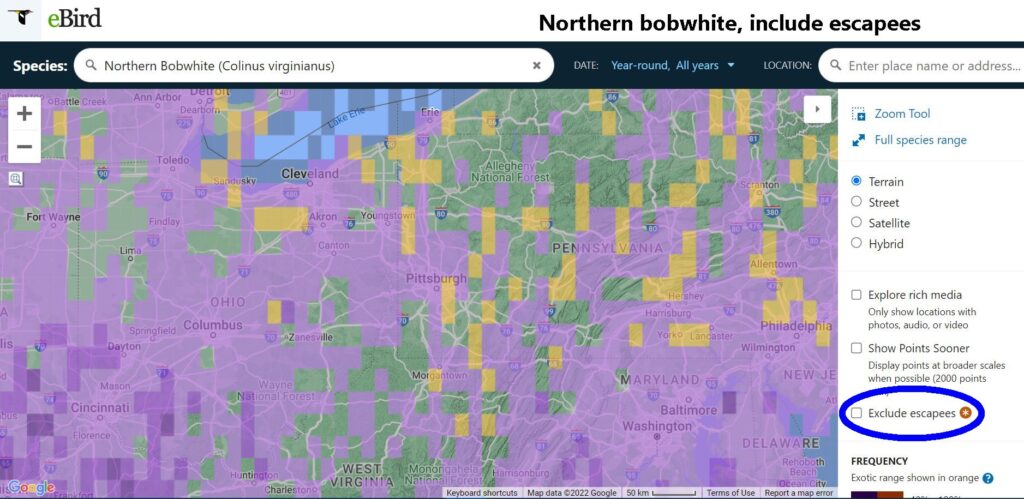
Learn more about the new eBird maps at Important Changes to Exotic Species in eBird.
(photos from Wikimedia Commons and Marcy Cunkelman, screenshot maps from eBird; click on the captions to see the originals)